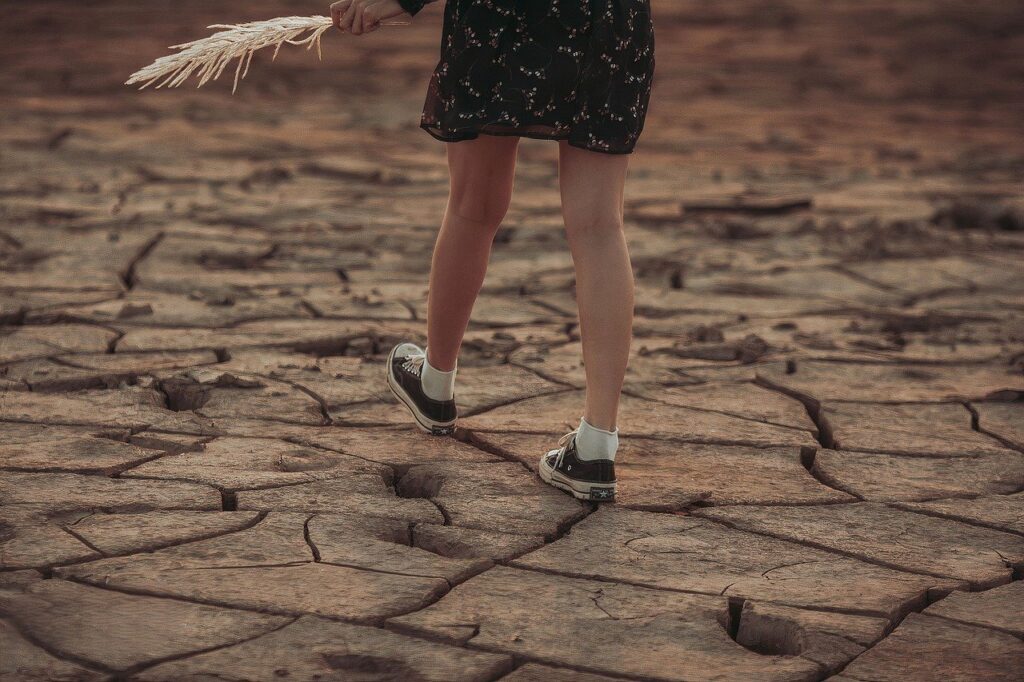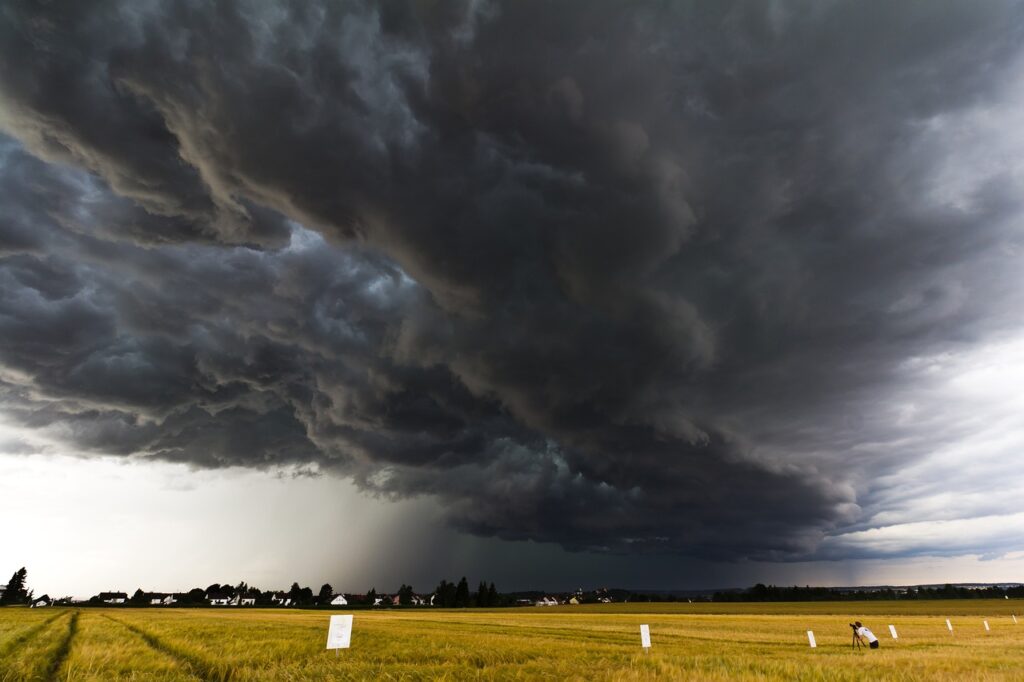The summer of 2024 has brought a mixed bag of water woes across the United States. While some areas have seen beneficial rain, others grapple with drought conditions. This blog will explore the current state of drought in the US, focusing on the regions most affected and the potential impacts. But please be aware that this is a serious matter that is impacting every aspect of our lives.
The causes of drought are complicated, but a combination of factors is likely at play in 2024. lower winter snowfall totals, followed by hot, dry summers fueled by climate change, has created dwindling water supplies.
The impacts of drought can be severe. Agricultural production is threatened, affecting everything from food prices to livelihoods. Increased wildfire risk and environmental stress on ecosystems are additional worries.
A Patchwork of Dryness
As of July 17th, 2024, thanks to resources like the U.S. Drought Monitor, we know that around 16% of the US and Puerto Rico is experiencing some level of drought, with nearly 20% of the contiguous states facing similar conditions. But the drought is not evenly spread. The northwestern US, Mid-Atlantic, and Southeast are bearing the brunt of the dry weather. In contrast, the Eastern Plains and Mississippi River Basin are faring much better. This patchwork of dryness highlights the differences of water availability across the U.S.
Regional Disparities:
- The Parched West: The long-term trend of declining snowpack combined with hot, dry summers has severely impacted the western US. States like California, Oregon, and Nevada are experiencing moderate to exceptional drought conditions, threatening crucial agricultural production and straining water supplies for cities and ecosystems.
- Shifting Southeast: This region has seen a dramatic shift in drought patterns this year. While Florida previously bore the brunt, dryness has migrated north, impacting states like Georgia, North Carolina, and Virginia. This shift is disrupting agricultural practices and raising concerns about water availability for a growing population.
- Mid-Atlantic Worries: The normally well-watered Mid-Atlantic region is facing unexpected drought concerns. Reduced precipitation and higher temperatures have stressed water resources, impacting agriculture and raising concerns about potential water restrictions in some areas.
- Brighter Spots: The news isn’t all bad. The Great Plains and Mississippi River Valley regions are currently experiencing near-normal precipitation levels, offering some relief from drought concerns. However, even these areas must remain vigilant, as weather patterns can change rapidly.
A Cocktail of Causes:
A single factor isn’t the reason for the current drought. Here’ are some of the contributing elements:
- Climate Change
- La Niña – A weather pattern in the Pacific Ocean that can influence global weather patterns. The ongoing La Niña event may contribute to drier conditions in some parts of the US.
- Water management practices need to be updated or changed to ensure that our water is used efficiently.
The Looming Impacts:
The consequences of drought can be far-reaching. Here are some key areas of concern:
- Agriculture: With crops stressed by lack of water, agricultural yields are expected to decline. This can lead to higher food prices and disruptions in the food supply chain.
- Wildfires: Drier conditions create ideal environments for wildfires. Increased fire risk poses threats to lives, property, and ecosystems.
- Environmental Stress: Droughts can disrupt delicate ecological balances. Reduced water flow in rivers and streams can harm aquatic life, while drier conditions can impact plant and animal communities.
- Water Shortages: As drought persists, competition for limited water resources intensifies. Cities and towns might face water restrictions, impacting everything from daily routines to industrial processes.
Looking Ahead
The future of the 2024 drought is uncertain. Short-term weather patterns will play a significant role. However, long-term solutions require a focus on water conservation, sustainable agricultural practices, and adapting to a changing climate.
Stay Informed
For the latest updates on drought conditions, be sure to check reputable sources like the National Integrated Drought Information System and the U.S. Drought Monitor. By staying informed, we can all help reduce the effects of drought and prepare for a more water-secure future.
https://droughtmonitor.unl.edu/
https://www.drought.gov/



